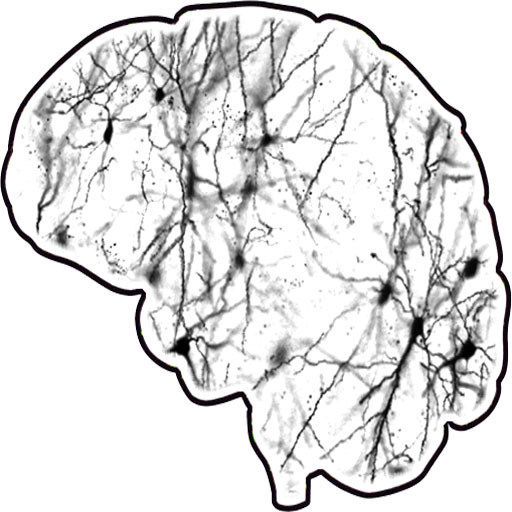
It is well established that biological sex affects risk, age-of-onset, and/or severity of many psychiatric and neurological diseases. Men have a higher incidence of Parkinson’s disease, autism, and schizophrenia while women show a higher incidence of major depressive disorder, anxiety disorder, Alzheimer’s disease and multiple sclerosis. Additionally, researchers have observed sex differences across nervous system properties related to neurogenesis, morphology, gene expression, synapse density, and connectivity. These differences could be due to differential genetics (XX vs XY), hormonal influence, and/or the complex effects of social environment. To understand the specific factors influencing both disease and “normal” brain function, it is critical to understand the cell and molecular bases of this variation between individuals. In spite of some compelling animal model work, studies analyzing the cell and molecular basis of sex differences in the human brain have, until very recently, been rare. Part of the reason for this is the lack of a human cellular model system for neuroscience that is both biologically relevant and genetically controlled. We are currently developing a well-controlled, defined, and highly manipulatable human stem cell model for studying the impact of genetic sex on cellular mechanisms underlying neuropsychiatric diseases. The system proposed would provide us and others a facile “plug-in” system for adding a sex differences component to any cell-based analysis. Importantly, it allows researchers to test hypotheses regarding sex differences in a well-controlled, human experimental system.
